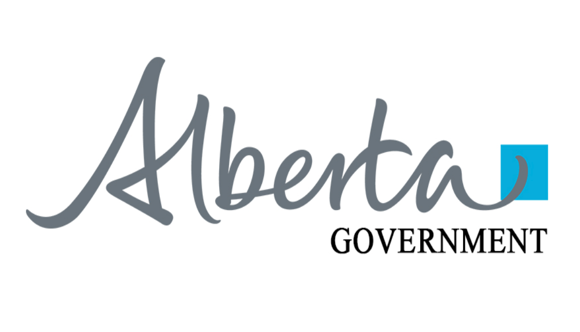Carbon removal requires capital to build plants and it requires substantial energy to power the removal processes. Capturing carbon dioxide molecules at massive scale, and storing them stably for centuries or longer, is a hard problem to solve. The companies doing carbon removal are what their investors often call “hard tech” — their work is complex and requires time-consuming hardware and infrastructure (not software and services). Success will not be quick, and in fact may not come until after the 2030 interval of the IPCC’s report.
On December 2, 2021 the Alberta government issued a request for full project proposals (RFPP) from companies interested in developing and operating a carbon sequestration hub in Alberta. The RFPP process was informed by responses received to its request for expressions of interest (REOI) process launched on September 9, 2021, and has raised significant industry enthusiasm, with some of the province’s largest players indicating their intention to participate in the process.
The province Alberta on March 31 selected six proposals to move forward with developing Canada’s first carbon storage hubs, intended to help cut climate-warming emissions by permanently sequestering them underground.
The six projects feature some of the biggest names in oil and gas: Enbridge Inc.; Wolf Midstream’s Wolf Carbon Solutions; Bison Low Carbon Ventures Inc.; Enhance Energy Inc.; and joint ventures from TC Energy Corp. and Pembina Pipeline Corp., and Shell Plc, ATCO Energy Solutions Ltd. and Suncor Energy Inc.
The projects advanced in the provincial selection process include:
| Project | Details |
| Meadowbrook Hub Project by Bison Low Carbon Ventures Inc. | The Meadowbrook Storage Hub project is being designed to provide safe, cost effective, permanent CO2 sequestration, on a multi-client basis, to existing and new Alberta industries seeking to reduce their emissions, through adoption of CCUS. The Meadowbrook Storage Hub project partners are BLCV, Enerflex Ltd., PrairieSky Royalty Ltd. and IRC Enterprises Inc. |
| Open Access Wabamun Carbon Hub by Enbridge | The Hub and associated carbon capture projects being advanced by Capital Power and Lehigh Cement represent an opportunity to avoid nearly 4 million tonnes of atmospheric CO2 emissions with phased in-service dates starting as early as 2025. Once built, the Hub will be among the largest integrated CCS projects in the world and can be scaled to meet the needs of other nearby industrial emitters. |
| The Origins Project by Enhance Energy Inc. | The project will be positioned to manage CO2 from hard-to-abate industries, like cement, power generation and petrochemicals that exist along Alberta’s Highway 2 Corridor — including the Alberta Industrial Heartland, but also from existing large emissions sources in central and southern Alberta. |
| Alberta Carbon Grid by Pembina Pipeline Corp. and TC Energy Corp. | Through redeployment, retrofits using proven technology, recapitalization, and optimization of surplus capacity across our collective pipeline systems, including, subject to closing of the transaction, through Pembina’s proposed acquisition of Inter Pipeline Ltd. (“IPL”), ACG is designed to connect the province’s largest sources of industrial emissions to a sequestration location north-east of Redwater, Alberta. |
| Wolf Midstream and partners | Our proposal was anchored in our partnership’s proven CO2 infrastructure and subsurface capabilities, as well as our plan to use existing infrastructure by connecting to our Alberta Carbon Trunk Line system to minimize the project’s environmental footprint, |
| Atlas Carbon Sequestration Hub by Shell, ATCO Energy Solutions Ltd. and Suncor Energy Inc. |
Next steps
The Alberta government has not published a timeframe for further evaluation of the proposals selected in the first RFPP process, though we expect this will proceed over the coming months. The government intends to announce the results of the second RFPP process by the fall of 2022.
Notably, the RFPP results come just days after the release of the federal 2030 Emissions Reduction Plan, which recognizes CCUS as integral to meeting Canada’s emissions reduction targets. The Plan also expressed the federal government’s commitment to continue advancing CCUS through the development of a federal CCUS strategy, an investment tax credit for capital invested in CCUS projects, and previously announced investments that include $319 million for research and development over seven years. This is likely to spur further optimism for broader deployment of CCUS in Alberta, even though details on a federal CCUS strategy and the investment tax credit have not yet been released.
Major Projects


